Hiking in Shizuoka is so much more than just Mt. Fuji – throughout the Prefecture there are many great hikes to choose from.
HIKING IN SHIZUOKA
Mt. Fuji is by far the most popular destination for hiking in Shizuoka as a bucket list experience for many visitors to Japan. However, don’t miss some of the other great hikes on offer in the prefecture.
From the Izu Peninsula in the east to the foothills of the Japanese Minami Alps in the west, there are many great hikes in Shizuoka.
Table of Contents
JOGASAKI COAST TRAIL – Atami Station
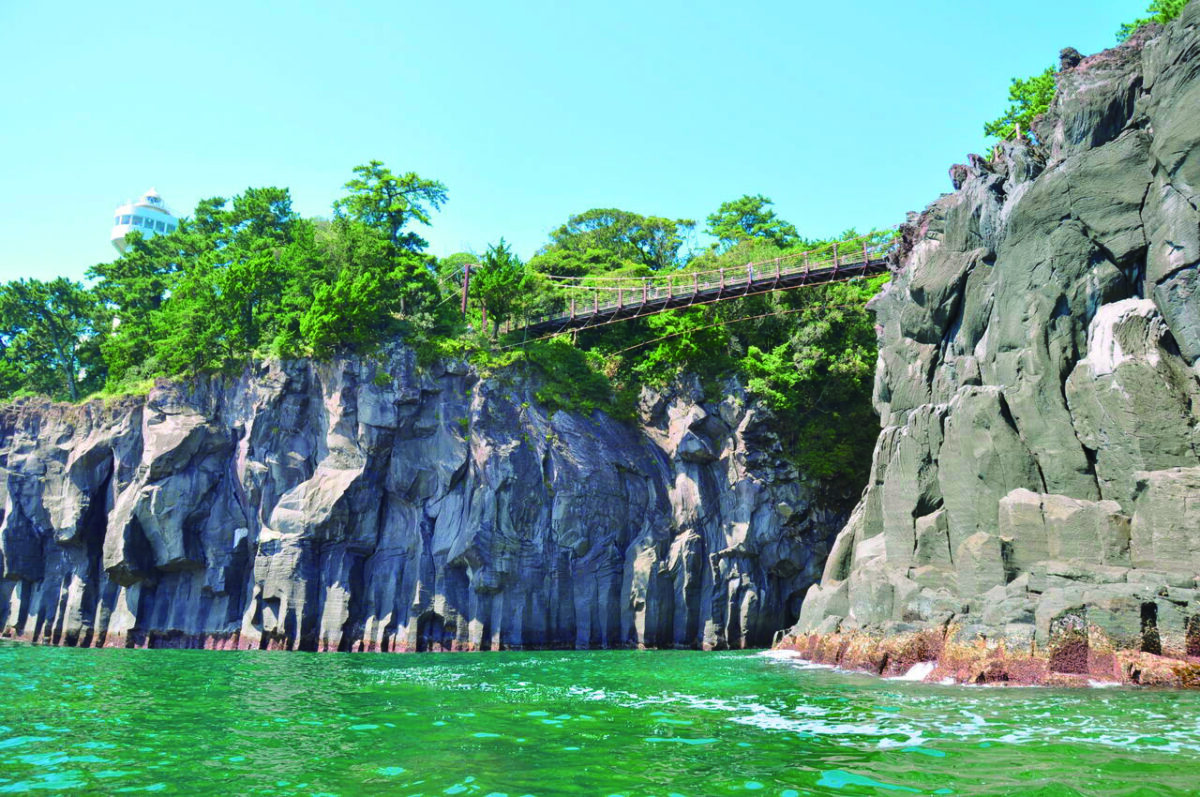
Easily accessible from Tokyo (approx. 100 minutes), the Jogasaki (Kaigan) Coast Trail is a great option for all ages and fitness levels.
The 9km trail follows a stunning stretch of coast on the Eastern side of Izu Peninsula starting at Izu Kogen Station and following the coastline all the way up to Jogasaki-Kaigan Station and take about 2-3 hours.
The highlight of the hike is the Kadowaki Suspension Bridge over the ocean and the Lighthouse.
The lighthouse and suspension bridge are a popular tourist destination and can get a bit crowded on the weekend – but is a great place to stop for some snacks and water.
UMEGASHIMA – Abe Great Falls – Shizuoka Station
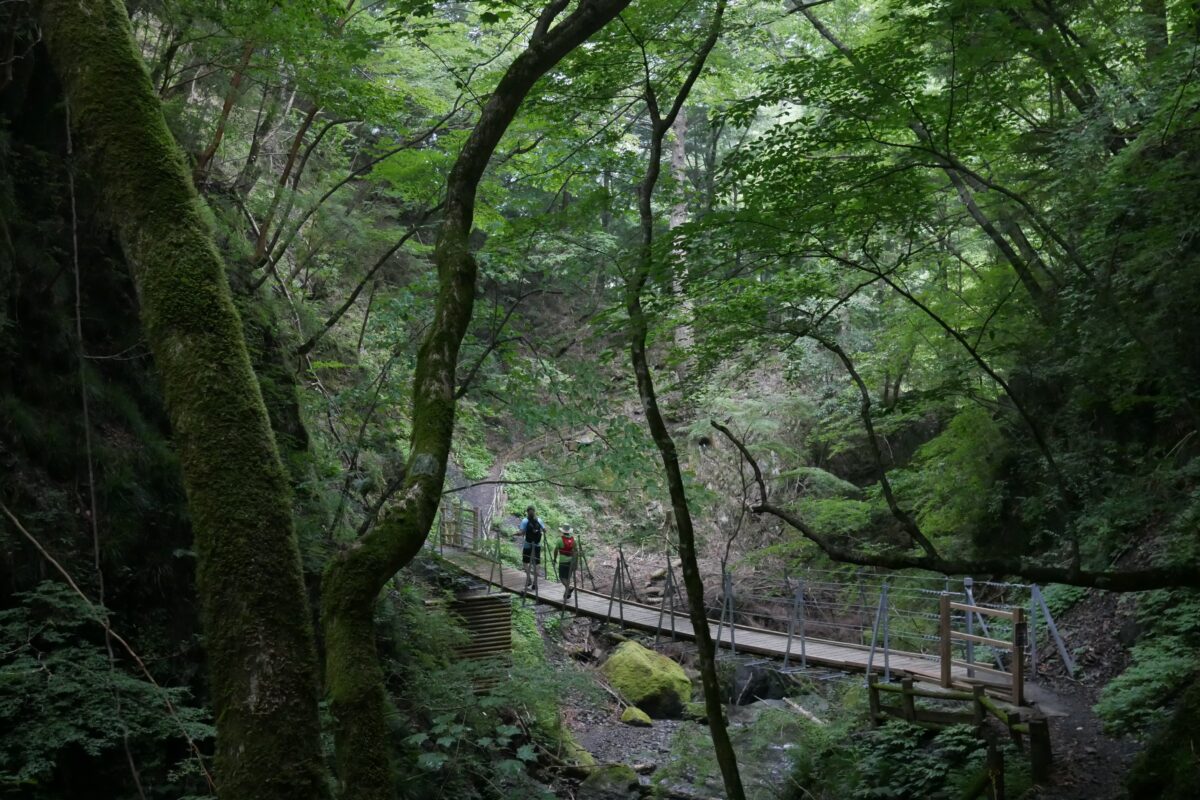
Looking to get into the mountains and cool down? Enjoy waterfalls?
Head North of Shizuoka Station into the mountains and explore what is known as ‘Oku Shizu’.
Umegashima is a hot spring town about 1 hour drive (2 hour bus ride) to the North of Shizuoka Station following the Abe River.
Umegashima is a great starting point to explore many of the local hiking courses such as Abe Toge and Abe Great & Akamizu Waterfall tracks.
If you have a couple of days to spare, make sure to also stop off at the small town of Utogi and visit the wasabi streams that are said to have been established in the 1600s as Japan’s first commercial wasabi fields.
Another highlight of the area is the Gaia Flow Shizuoka Distillery – a local distillery that is making a name for itself.
MT. MANKANHO – Shizuoka Station
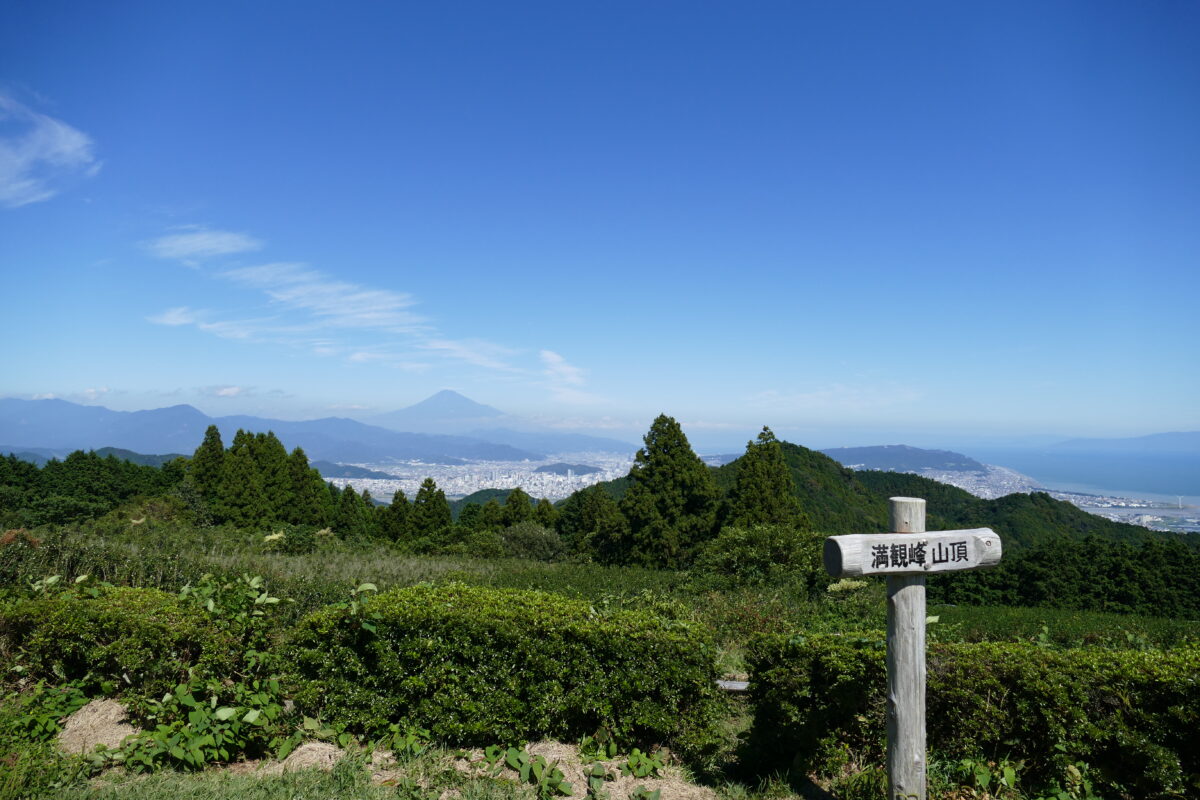
On a clear day, the views of Mt. Fuji, Suruga Bay and Shizuoka City are stunning from the top of Mt. Mankanho (sometimes pronounced Manganho).
At 470m, to the top this hike is not too daunting and takes between 2-3 hours to get to the top.
A great option for this hike is to spend a night at the fantastic modern interpretation of traditional Japanese accommodation in Mochimune (a short train ride from Shizuoka Station) and set off early to get to the top for a sunrise view (proper hiking gear required).
MT. KATSURAGI – Mishima Station
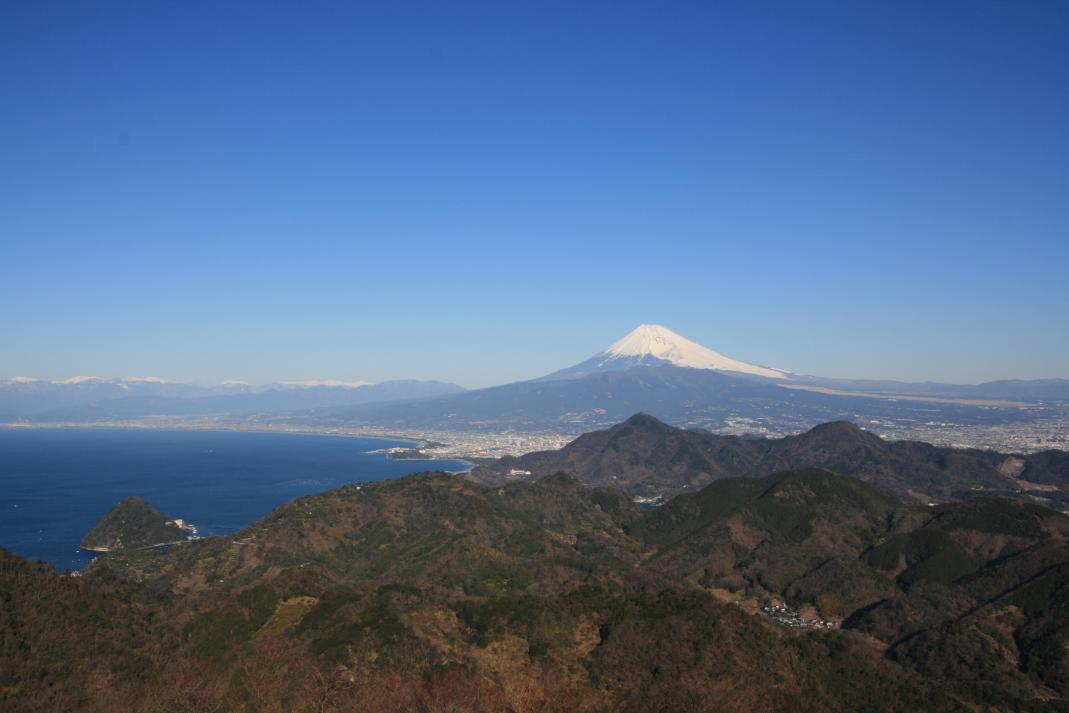
The hiking route around Mt. Katsuragi is easily accessible thanks to the Izu Panorama Park Ropeway.
This gives hikers the option of taking the ropeway up in the morning, enjoying a cup of tea and wonderful views of Mt. Fuji at the top.
Or, if you are keen, hike for about 60 minute to the top which is just over 450m in elevation.
You then have the option of taking the ropeway back down or continuing your hike down to Uchiura Bay.
There are many wildflowers that bloom in the area and, if the weather co-operates, the views of Mt. Fuji at the top are well worth the effort.
SATTA PASS – Shizuoka Station
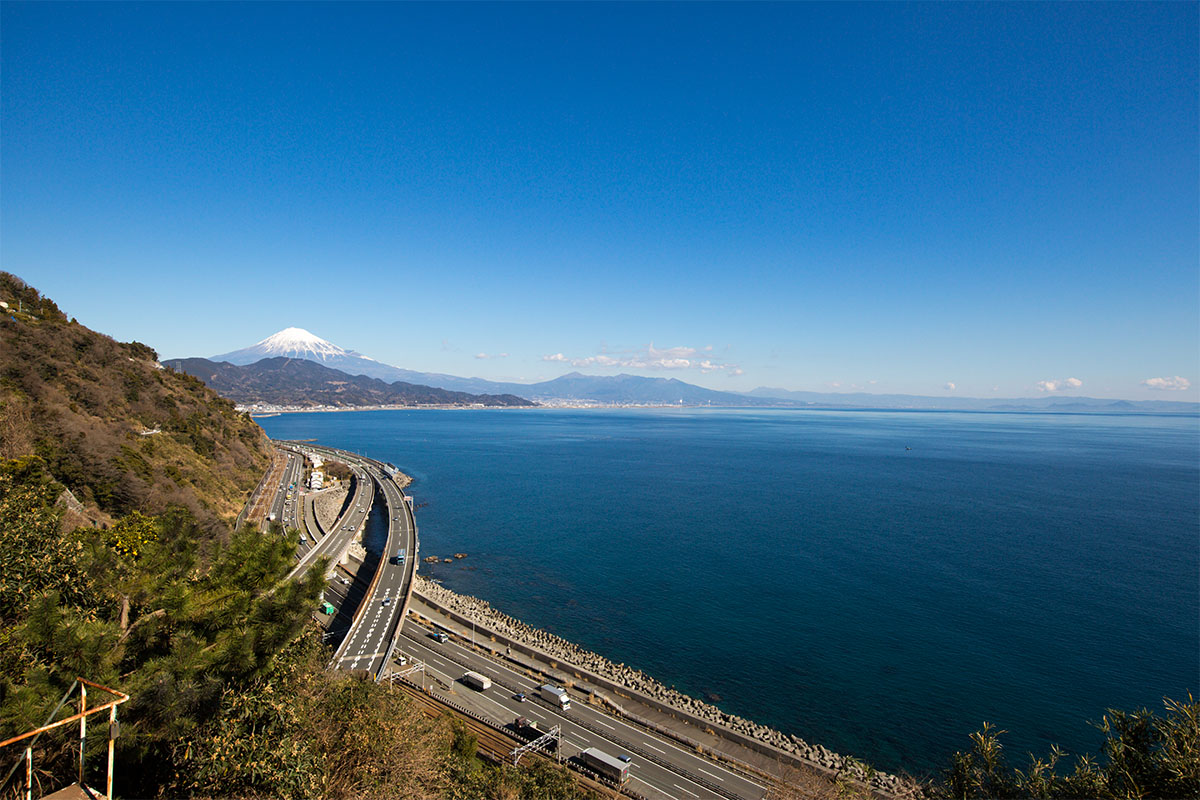
The hike to Satta Pass is less of a traditional hike and more of a walk through history.
The hike follows the path of the Old Tokaido Highway which was the main thoroughfare between Tokyo and Kyoto from the 17th through the 19th century.
Satta Pass is located between Yui and Okitsu Stations east of Shizuoka Station along the Suruga Bay Coast.
The goal of the hike is to get to Satta Pass which offers breathtaking views of Mt. Fuji that were made famous in the Ukiyoe Painting by Hiroshige.
From the old post station towns of Yui or Okitsu it is about a 1 hour walk to Satta Pass and along the way, there are glimpses of the Old Tokaido Highway.
It is possible to drive right to Satta Pass if you don’t wish to walk, but you will miss the journey.
*The observation deck is temporarily closed. There is a detour on the trail.
